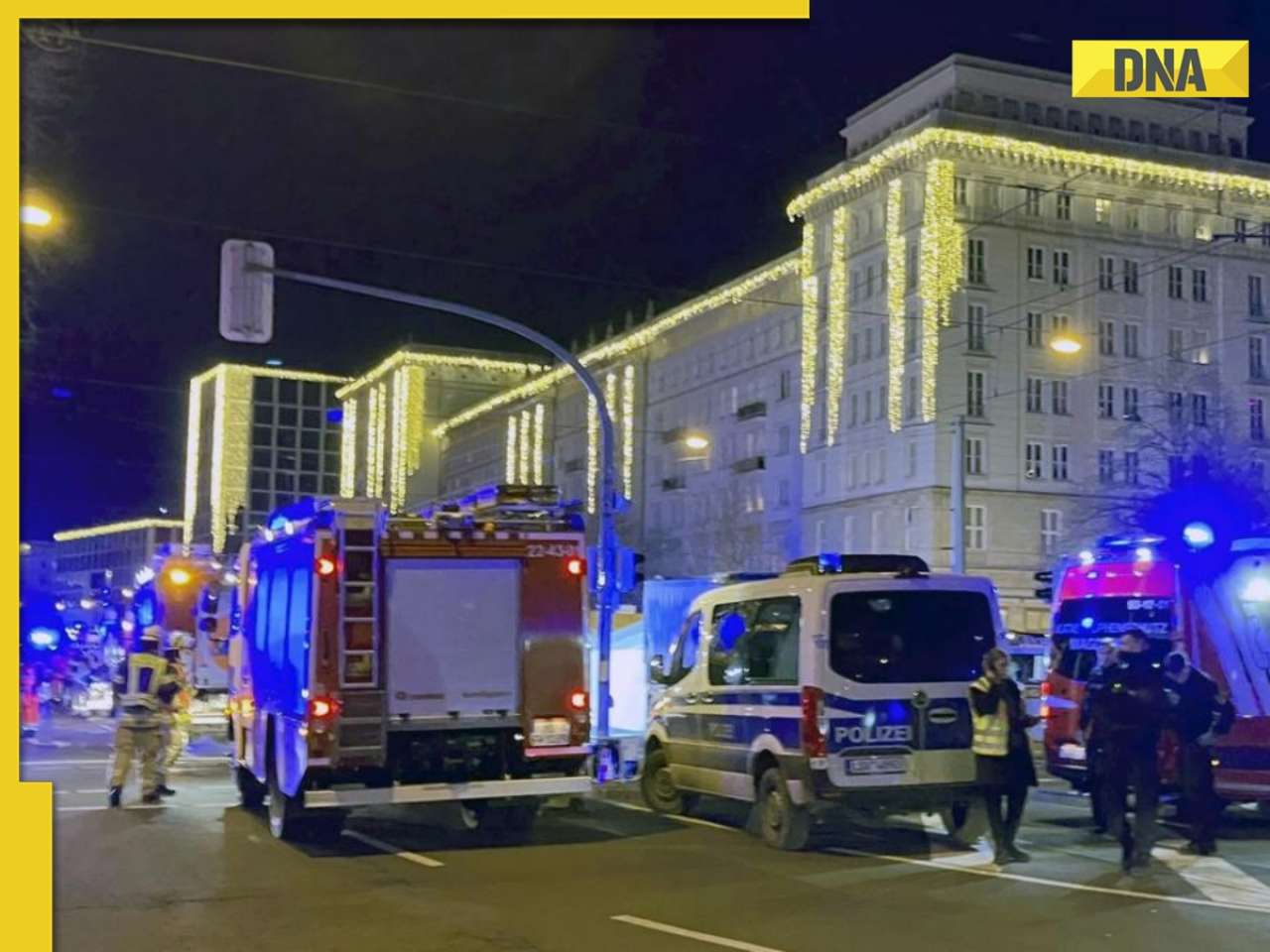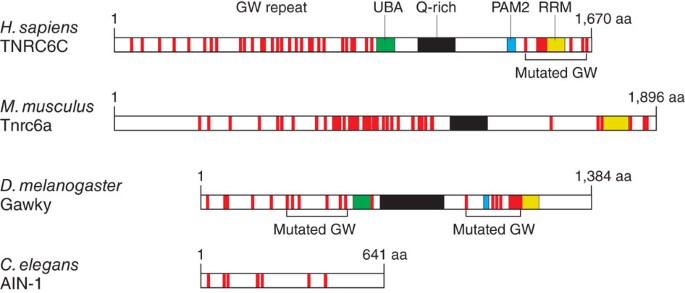
- Select a language for the TTS:
- UK English Female
- UK English Male
- US English Female
- US English Male
- Australian Female
- Australian Male
- Language selected: (auto detect) - EN
Play all audios:
------------------------- * * X.com * Facebook * E-Mail * * * X.com * Facebook * E-Mail * Messenger * WhatsApp * Dieser Beitrag stammt aus dem SPIEGEL-Archiv. Warum ist das wichtig? Deep in
the pit of Ground Zero, between thudding jackhammers and gigantic building cranes, raw cement and deep puddles of mud, there's little to remind one of the horrific day seven years ago.
It's hectic and loud and looks like any large construction site, except it's 30 meters below street level. Laborers yell. Trucks inch through the organized chaos from which, after
much delay, the Freedom Tower and the new World Trade Center will finally emerge. Far above, tourists peer down through the fence, like toy figures. The foundations of the new skyscrapers
have almost been laid. The area is a jumble of scaffolding, signs, tubes and colourful containers. In the center of the pit, close to the spot where the pope kneeled in prayer during his
visit in April, is a pile of dozens of steel girders. . These girders are the first visible components of the memorial being erected here: a monument to the horror of September 11, 2001.
Until now, the most striking feature of the design was two pools in the "footprints" of the twin towers. Now another, even more eye-catching feature has been added to the design.
Two surviving trident-shaped columns from the north tower, each almost 90 feet tall, will return to Ground Zero to be incorporated in the atrium of the museum pavilion designed by
architecture firm Snøhetta. The presence of those original elements of the twin towers will convey strength, fortitude, resilience, survival and hope, the company said. This, the latest of
several designs for a museum at Ground Zero, was unveiled at a news conference on Tuesday ahead of the seventh anniversary of 9/11 on Thursday. "This place is history," said
Snøhetta director Craig Dykers as he presented the model of it at a breakfast reception 52 floors above Ground Zero in the first new skyscraper that has been built there, called "7
World Trade Center." The design for the three-story $80 million pavilion, which will serve as the entrance to the Open Air Memorial and its subterranean exhibition space, has repeatedly
been revised since 2004. In the end the city decided that the best way to commemorate is to refer back to the original, by incorporating part of the original WTC designed by Japanese
architect Minoru Yamasaki. HAUNTING REMINDER The ghostly silhouette of the mangled façade supports remained at Ground Zero for months after 9/11 as a much-photographed symbol of the
destruction. Since the completion of the clearing work they have been stored in a hangar at John F. Kennedy Airport. The façade of the bright pavilion is also intended as a reminder of the
World Trade Center with panels of aluminium or, if the budget permits it, of rust-free steel. The entrance hall leads via the original stairway of the WTC shopping mall -- called the
"Survivor Stairs" because so many people fled down them to save their lives -- down to a memorial site 20 meters below ground. Here, the expected two million visitors per year will
be able to see parts of the original concrete wall that surrounded the foundations of the towers. A separate, private room is planned for the families of the victims. The outer area of the
memorial is scheduled to open in 2011 on the 10th anniversary of 9/11. But it's not certain that the city will be able to keep to that schedule. The New York Port Authority, which owns
the site, only recently admitted that it's about a year behind schedule with the construction projects at Ground Zero. It plans to present a revised timetable by the end of this month.
The memorial is mainly being financed from donations. Memorial manager Joe Daniels said the first funding target of $350 million has been achieved thanks to more than 80,000 individual
donations. 400 young oak trees, which will be planted across the area as a kind of memorial forest, are already waiting in New Jersey to be replanted. The development company LMDC tried on
Tuesday to fend off criticism of the construction delays. Ground Zero had turned out to be a "challenge" of planning, said LMDC chief executive Avi Schick. But that shouldn't
distract from the progress made so far, he added. "The reconstruction of Lower Manhattan," said Janno Lieber, president of the construction company World Trade Center Properties,
"is one of the most remarkable episodes of the history of this city."







